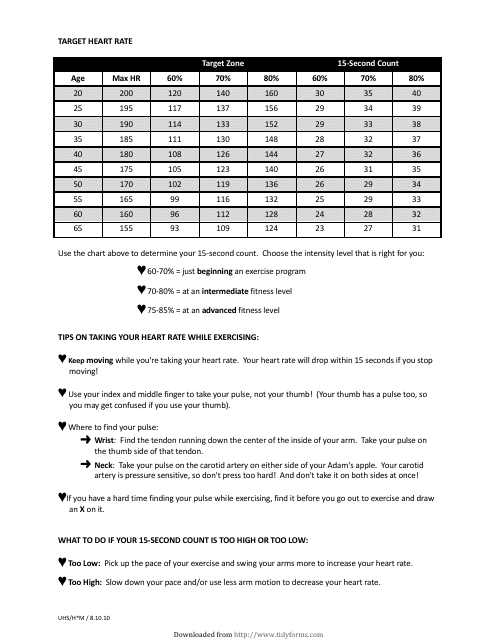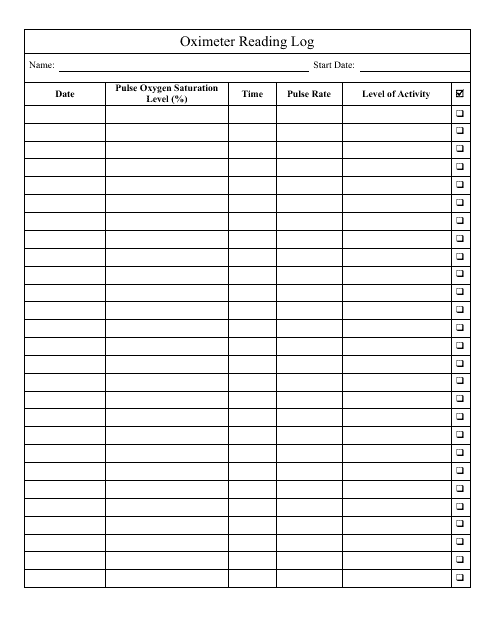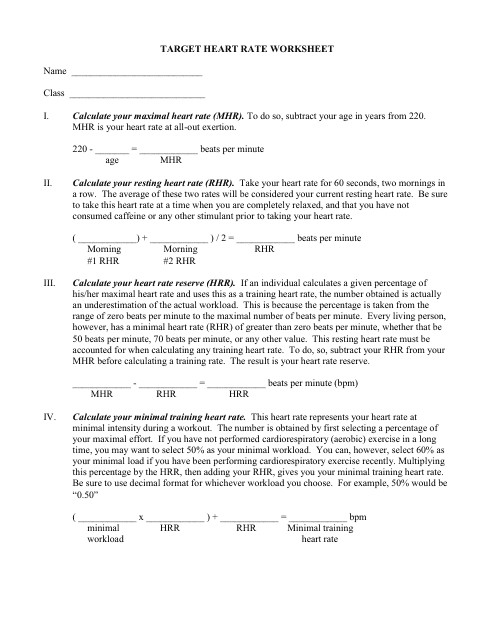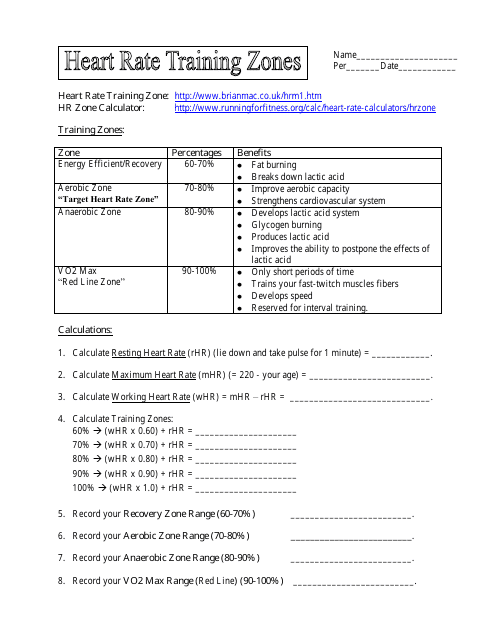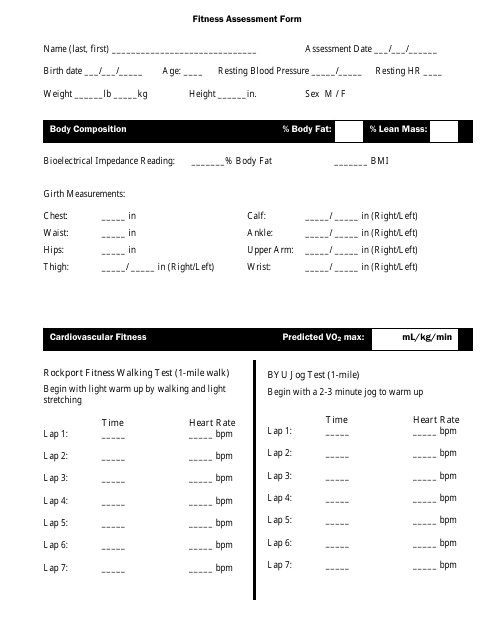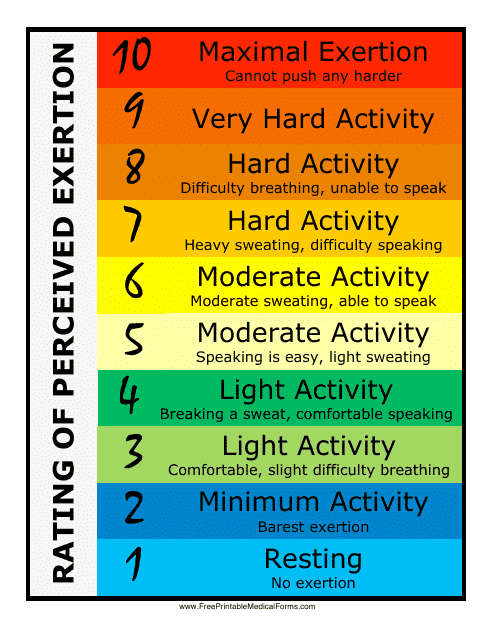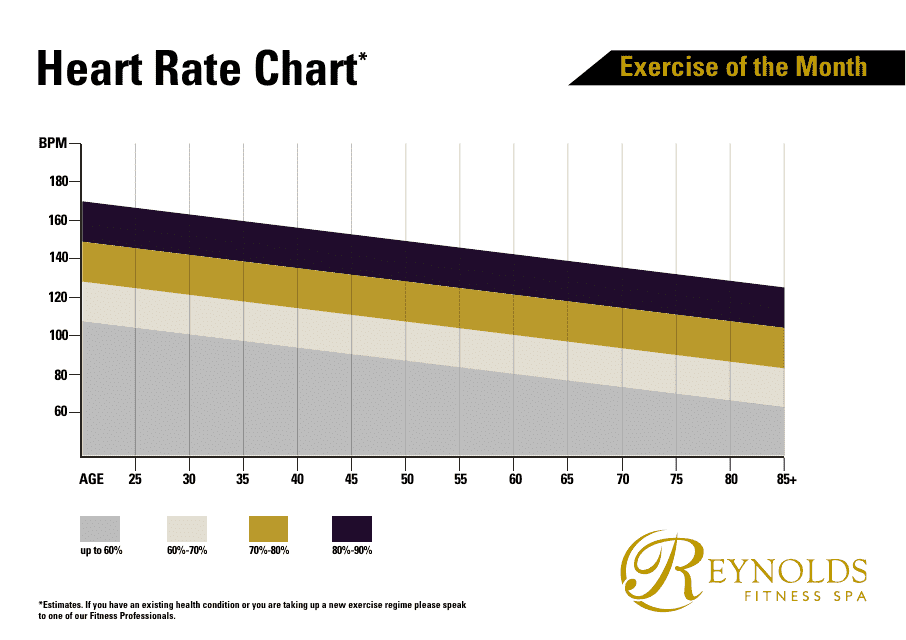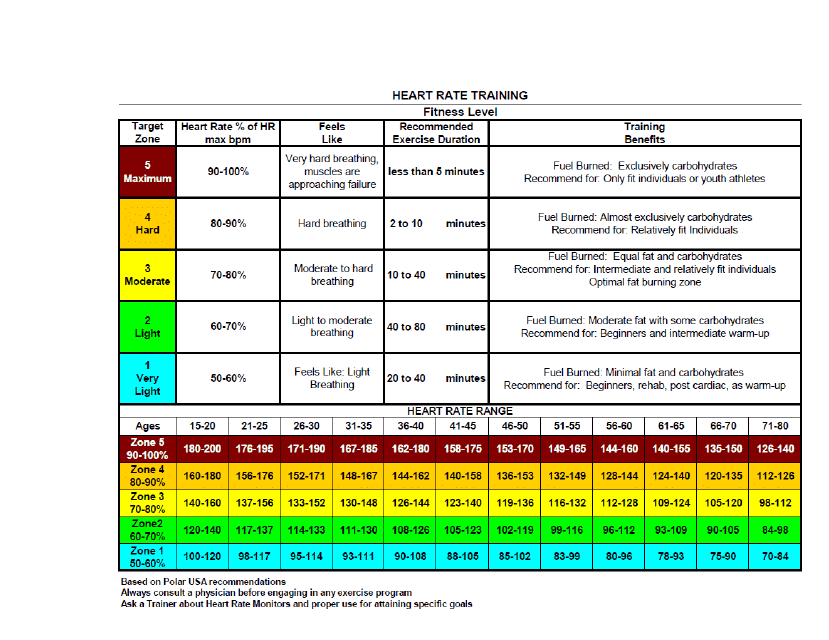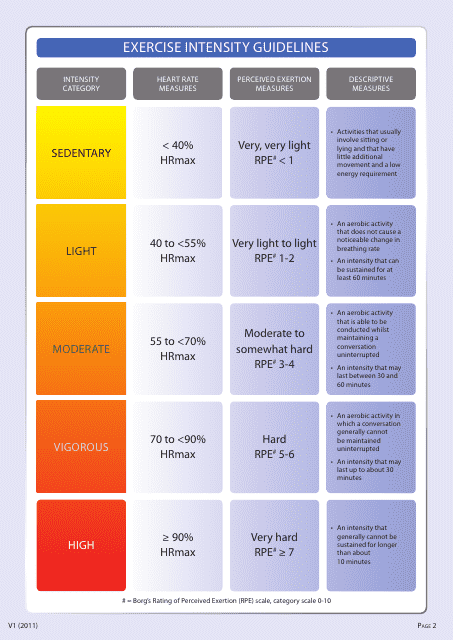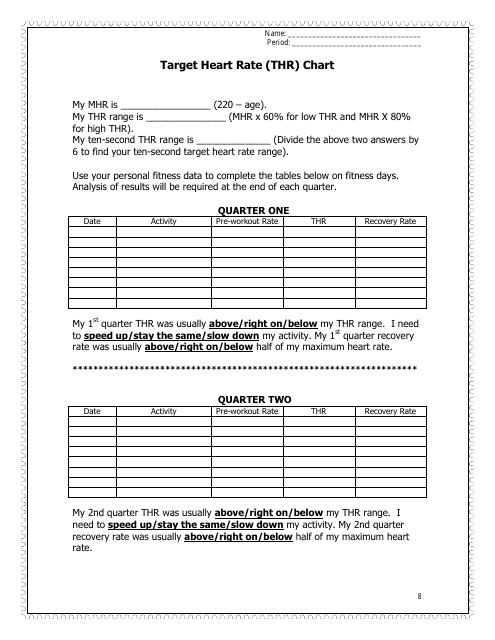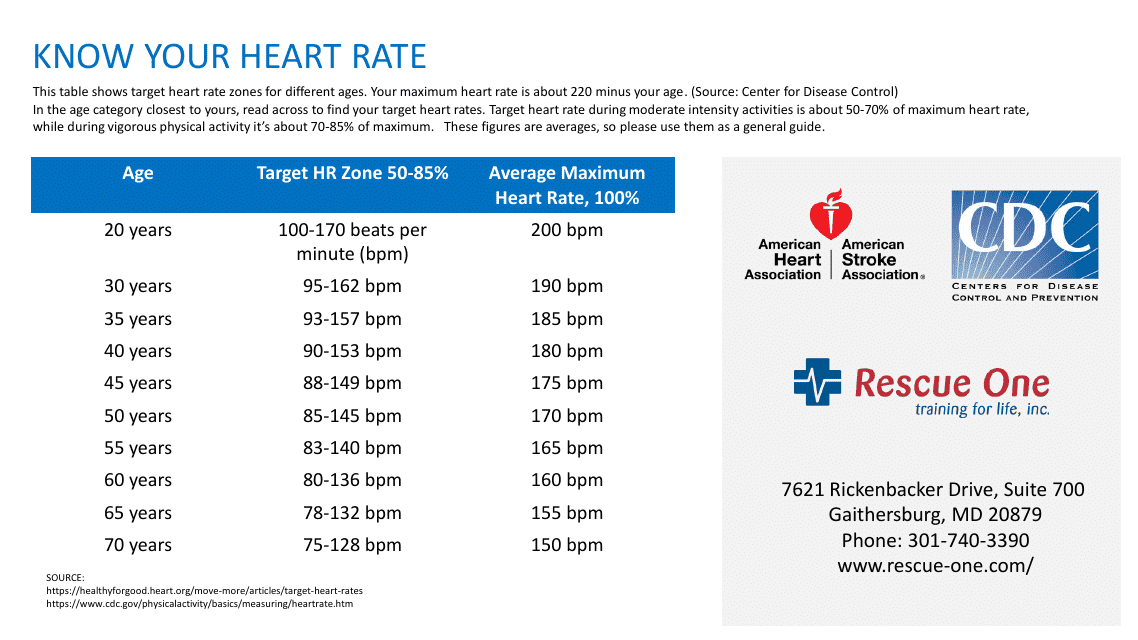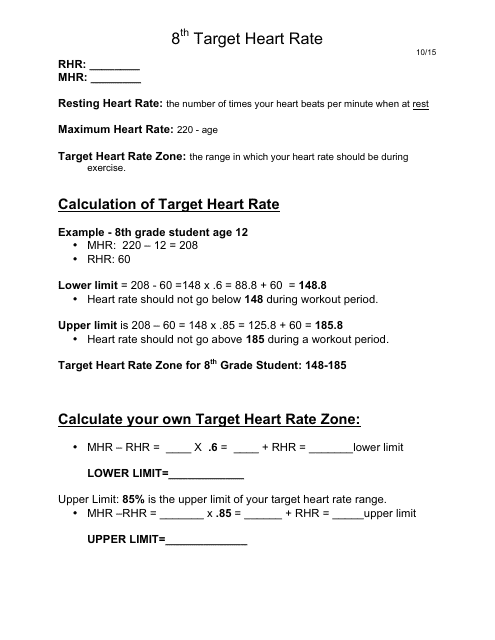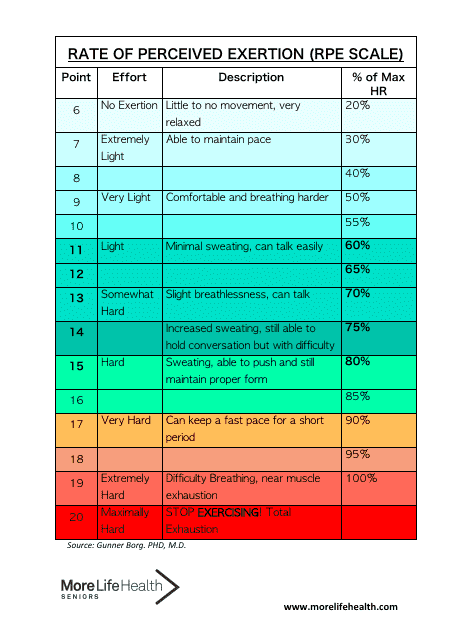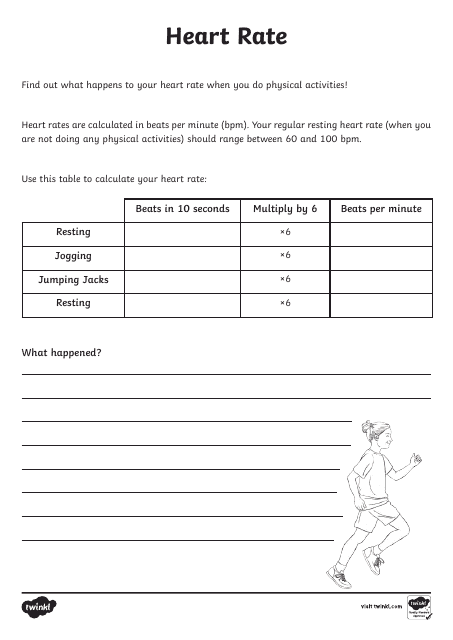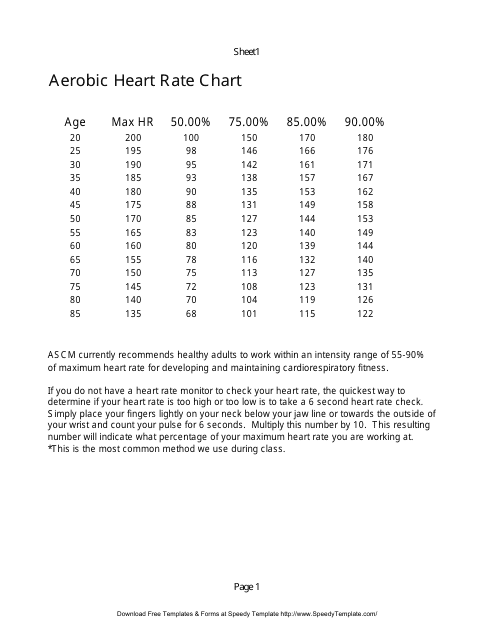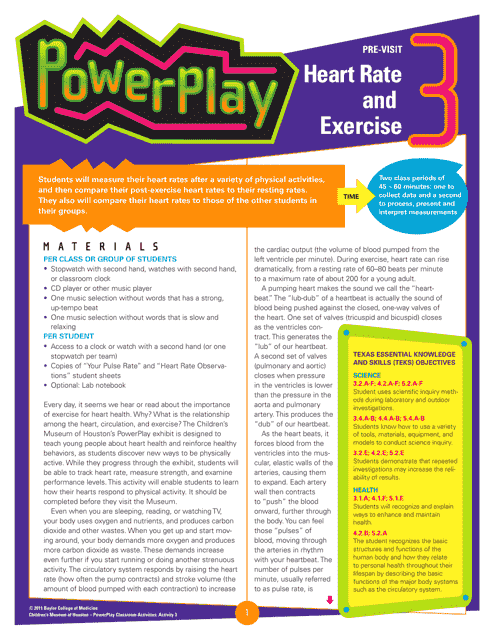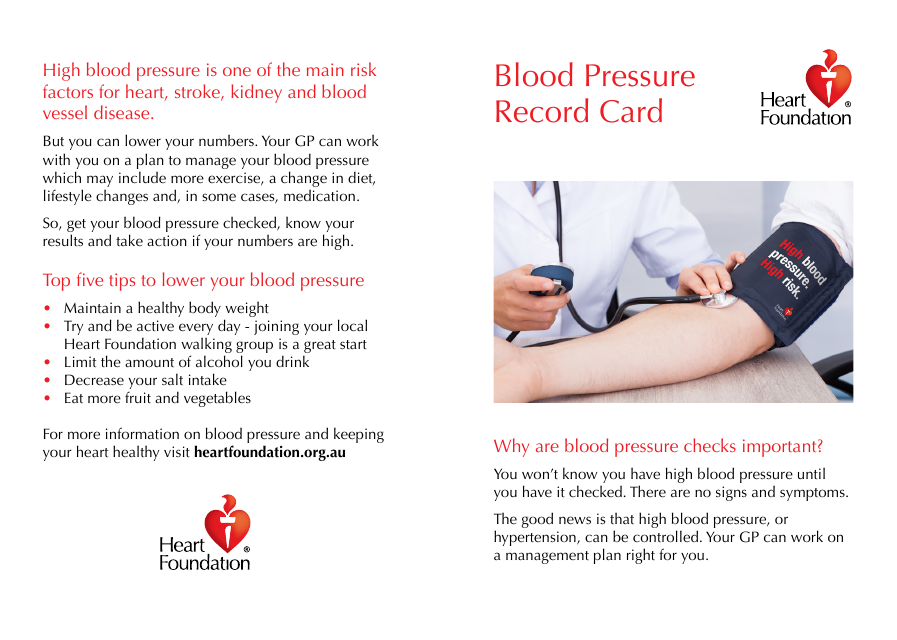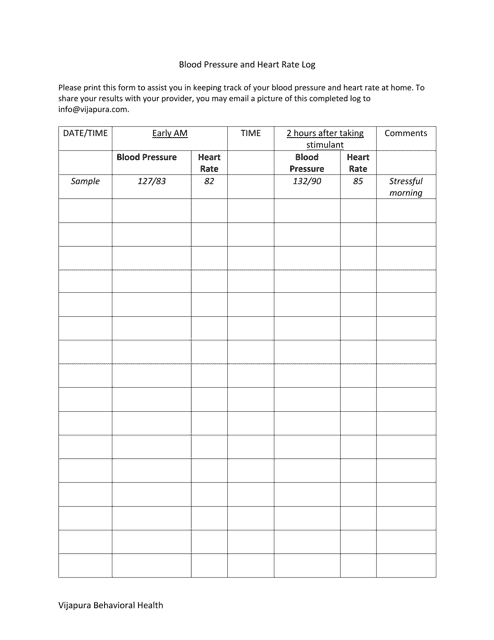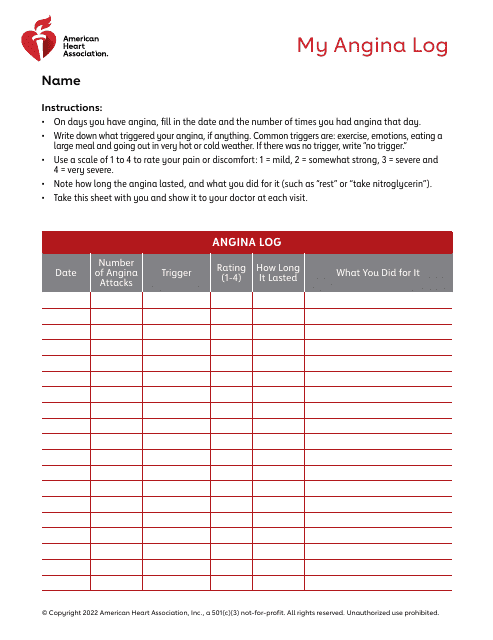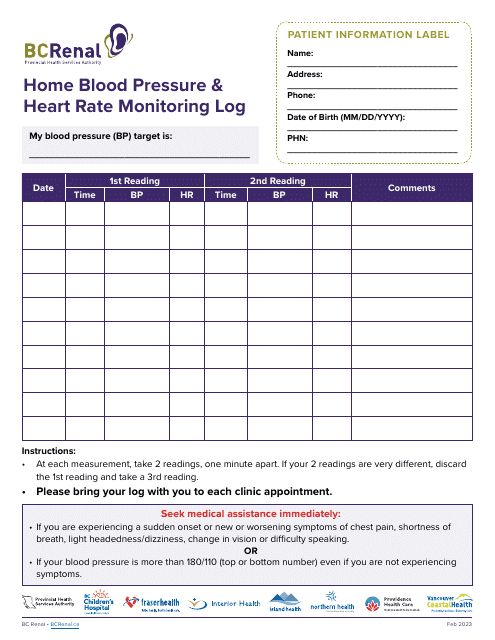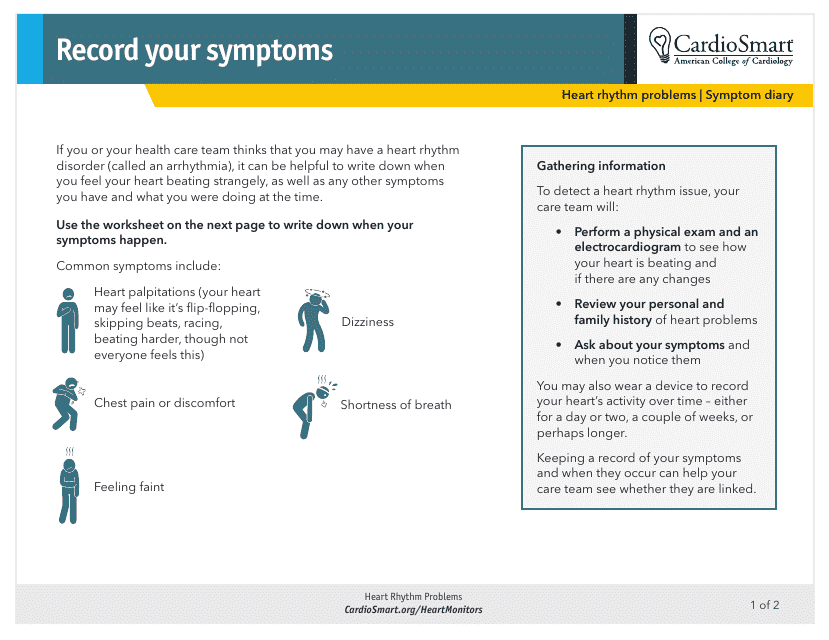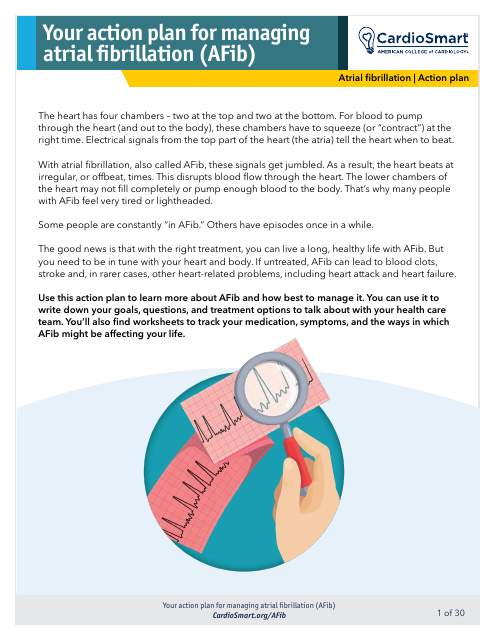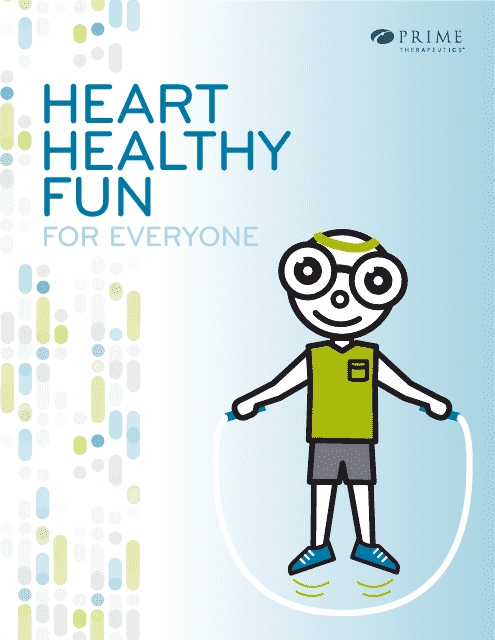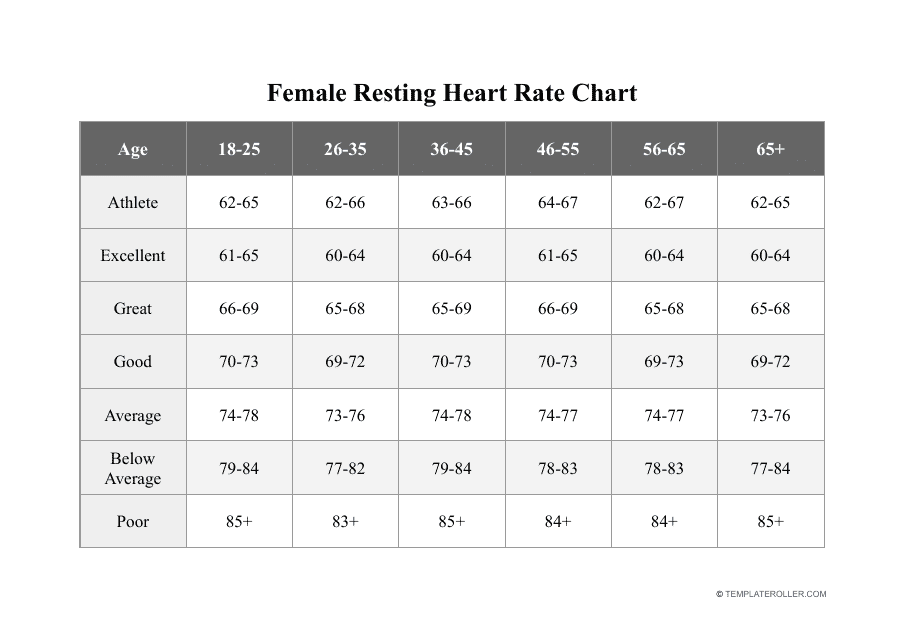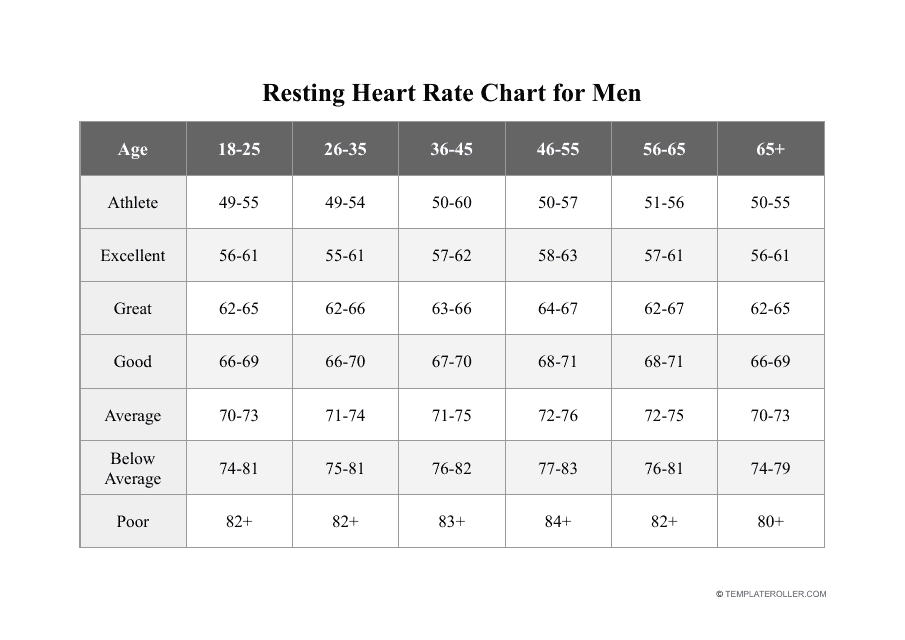Free Heart Rate Chart Templates
Heart Rate Chart: What Is It?
A Heart Rate Chart is a visual instrument that estimates the number of times a human heart beats per minute.
Alternate Names:
- Heart Rate Scale;
- Heart Rate Variability Chart.
This tool will demonstrate how frequent the heartbeat is which also means the speed at which the heart is pumping blood and various nutrients inside your body. It is crucial to focus on the cardiovascular system if you have started a fitness journey or your job consists of manual labor; nevertheless, even presumably healthy people with a moderate amount of exercise and proper nutrition should give consideration to their heart rate - this indicator shows your overall fitness level and points out whether your emotional health is in a good place right now. Select a Heart Rate by Age Chart to see how efficient your heart really is and prevent bigger health issues by noticing potentially life-threatening symptoms in development.
You can find a full list of Heart Rate Chart templates by checking out our library below.
Heart Rate Chart Types
- Rate of Perceived Exertion Chart. Workout enthusiasts are advised to look at this diagram to discover how physical activity and the intensity of exercises they do on a regular basis affect their heart rate - it is natural that the person will breathe heavily, sweat, and feel their heart rate is higher, yet be careful and show restraint when it comes to rigorous training regimens: study the heart rate zones and find an adequate training routine appropriate for your body;
- Resting Heart Rate for Men Chart. Find out how many times your heart is supposed to beat every minute, identify your maximum heart rate during intense workouts, and figure out if you need to take action to lower or increase your heart rate and take care of your physical well-being. Note that the male heart rate is lower than the female due to the bigger size of the heart which is why it is crucial to distinguish between genders when learning about the heart function;
- Female Resting Heart Rate Chart. Since on average women have a higher resting heart rate than men, it is important to take it into account when analyzing how your heart muscle function works. Several factors like pregnancy and menopause often influence heart rate, so ensure you have relevant information by selecting the right graph to examine.
What Is a Normal Heart Rate?
It is acknowledged by the majority of healthcare professionals that a normal heart rate varies between 60 and 100 beats per minute. The statistics for children are different - the resting heart rate becomes slower as the child grows up: a newborn may even have up to 190 beats per minute which is within the normal limits. An elementary school student will have a heart rate of 70 to 110 beats per minute, and once they reach the age of ten, they will have the same range most adults have. Remember that these numbers reflect the human body in a state of rest - even though the heart rate can increase due to strong positive sensations, exercise, or temporary adrenaline rush caused by fear or anxiety, this indicator is going to get back to normal shortly.
Make sure you consult a doctor in case you or your kid have experienced increased heart rate which is outside the norm for the age group in question. You may also have to address a heart rate which consistently exceeds 80-90 beats per minute - while it falls in the normal range, there might be a risk of elevation due to poor diet or lack of movement, so visit a doctor to learn whether any lifestyle adjustments should be made to safeguard your health.
What Is a Dangerous Heart Rate?
A dangerous heart rate typically falls under 60 and above 100 beats per minute. While it is possible your heart rate is abnormally low or high for a short period of time or you are examined by a physician that informed you your heart rate is erratic due to ongoing stress or drugs you were prescribed, it is vital you take measures to handle an unusual heart rate that persists for long hours and days.
Do not be alarmed if you occasionally feel your heart is beating too fast and you know the reason for it - maybe, you experienced a stressful event or worked out with increased intensity without a warm-up or cool-down. It is known that many professional athletes have low heart rates - 40-50 beats per minute. Nonetheless, recurring discomfort in the chest area often signals a health issue. In many cases, an increased heart rate is also accompanied by fainting, vertigo, general weakness, and shortness of breath - do not delay a visit to a doctor if you believe you are in danger or already have a particular heart disease as a diagnosis.
Still looking for a particular template? Take a look at the related templates below:
Documents:
33
This chart provides target heart rates for different age groups during exercise to help optimize cardiovascular fitness.
This document is a template for recording oximeter readings. It helps to track and monitor oxygen levels in the body over time.
This document helps you calculate your target heart rate for optimal fitness. It provides a worksheet with six points to assist in determining your ideal heart rate during exercise.
This document provides a chart that shows different heart rate training zones and their corresponding intensities. It helps individuals determine the appropriate intensity for their workouts based on their target heart rate.
This form is used for conducting a fitness assessment and assigning points based on various fitness components. It helps evaluate an individual's overall fitness level and progress.
This document provides a chart to help determine the level of exertion during physical activity.
This document is used for recording and tracking heart rate information. It helps individuals keep a record of their heart rate measurements over a period of time.
This document provides a heart rate chart, which is a useful tool to monitor and track your heart rate during different activities and exercise.
This document provides a chart to help determine your target heart rate zone during exercise. It helps you stay in the optimal range for improving cardiovascular fitness.
This document is a heart rate training table that provides a guide for determining target heart rate zones during workouts. It helps individuals track their heart rate and optimize their exercise routines for specific fitness goals.
This document provides an exercise intensity chart that helps individuals determine the level of intensity for different types of workouts.
This document presents a Target Heart Rate (THR) Chart, which is a useful tool for determining the ideal heart rate range during exercise. The chart helps individuals monitor their heart rate and ensures they are exercising at an intensity that is safe and effective for achieving fitness goals.
This document provides a chart for the Perceived Exertion Scale, also known as the Borg Rating Scale. It helps individuals measure and communicate their exercise intensity levels.
This document provides a worksheet for calculating and determining your target heart rate based on three data points. It helps you determine the ideal heart rate zone to achieve during exercise for maximum cardiovascular benefits.
This document provides a table from the CDC that shows the recommended heart rate zones for different age groups during physical activity.
This document is a worksheet used to calculate your target heart rate. It helps you determine the ideal heart rate range for optimal cardiovascular exercise.
This document provides a big table displaying heart rate data. It can be used to track and analyze heart rate patterns for different activities or individuals.
This chart provides guidelines on the intensity of different physical activities for people of all fitness levels. It can help you determine how to to meet your health and fitness goals.
This type of document provides a chart for the Rate of Perceived Exertion (RPE) scale. The RPE scale is used to measure the intensity of physical activity or exercise. It helps individuals gauge how hard they feel they are working during a workout.
This document provides a chart to calculate your heart rate based on your age and exercise intensity.
This document provides a chart that helps you determine your target heart rate when doing aerobic exercise.
This document is a heart pulse rate observation chart used by Baylor College of Medicine.
This document is used for tracking and recording blood pressure measurements over time. It helps individuals monitor their blood pressure and identify any changes or trends.
This document is a Blood Pressure Tracking Card used for recording and monitoring blood pressure readings. It helps individuals keep track of their blood pressure over time.
This document is used for logging and tracking blood pressure and heart rate readings. It helps in monitoring and managing cardiovascular health.
This document provides a chart that shows the different heart rate zones based on age and exercise intensity. It can help individuals monitor their heart rate during workouts and ensure they are exercising at an appropriate level.
This document provides a format for monitoring and tracking instances of angina as per the American Heart Association guidelines. It is meant to assist patients and healthcare professionals in managing heart conditions effectively.
This document is intended for recording and tracking personal blood pressure and heart rate readings at home. It aids in consistently monitoring health status and helps provide valuable data for doctors.
This document is designed to help individuals keep track of their health symptoms and medication reactions by providing a clear and organized space to record daily health conditions. It assists in forecasting health patterns and can aid communication between patients and healthcare providers.
This document provides a comprehensive strategy to manage Atrial Fibrillation, a heart condition characterized by irregular heartbeat. It includes guidelines and tips for dealing with this health issue, helping people to understand and manage their condition effectively.

